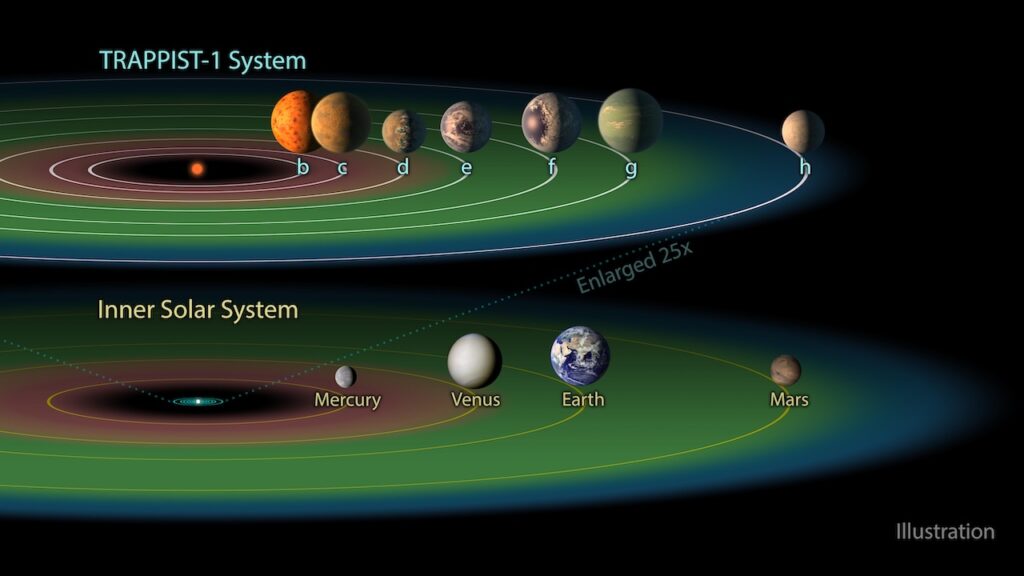An Energy Balance Model for Rapidly and Synchronously Rotating Terrestrial Planets

This paper describes the Habitable Energy balance model for eXoplaneT ObseRvations (HEXTOR), which is a model for calculating latitudinal temperature profiles on Earth and other rapidly rotating planets.
HEXTOR includes a lookup table method for calculating the outgoing infrared radiative flux and planetary albedo, which provides improvements over other approaches at parameterizing radiative transfer in an energy balance model. Validation cases are presented for present-day Earth and other Earth-sized planets with aquaplanet and land planet conditions from 0 to 45 degrees obliquity.
A tidally locked coordinate system is also implemented in the energy balance model, which enables calculation of the horizontal temperature profile for planets in synchronous rotation around low mass stars. This coordinate transformed model is applied to cases for TRAPPIST-1e as defined by the TRAPPIST Habitable Atmosphere Intercomparison protocol, which demonstrates better agreement with general circulation models compared to the latitudinal energy balance model.
Advances in applying energy balance models to exoplanets can be made by using general circulation models as a benchmark for tuning as well as by conducting intercomparisions between energy balance models with different physical parameterizations.
Jacob Haqq-Misra, Benjamin P.C. Hayworth
Comments: Accepted by the Planetary Science Journal, 14 pages, 6 figures
Subjects: Earth and Planetary Astrophysics (astro-ph.EP); Atmospheric and Oceanic Physics (physics.ao-ph)
Cite as: arXiv:2201.02685 [astro-ph.EP] (or arXiv:2201.02685v1 [astro-ph.EP] for this version)
Submission history
From: Jacob Haqq-Misra
[v1] Fri, 7 Jan 2022 21:27:22 UTC (4,136 KB)
https://arxiv.org/abs/2201.02685
Astrobiology,






![From CO2- to H2O-dominated Atmospheres And Back — How Mixed Outgassing Changes The Volatile Distribution In Magma Oceans Around M Dwarf Stars [TRAPPIST-1]](https://astrobiology.com/wp-content/uploads/2025/05/From-CO2-to-H2O-dominated-1024x577.png)

